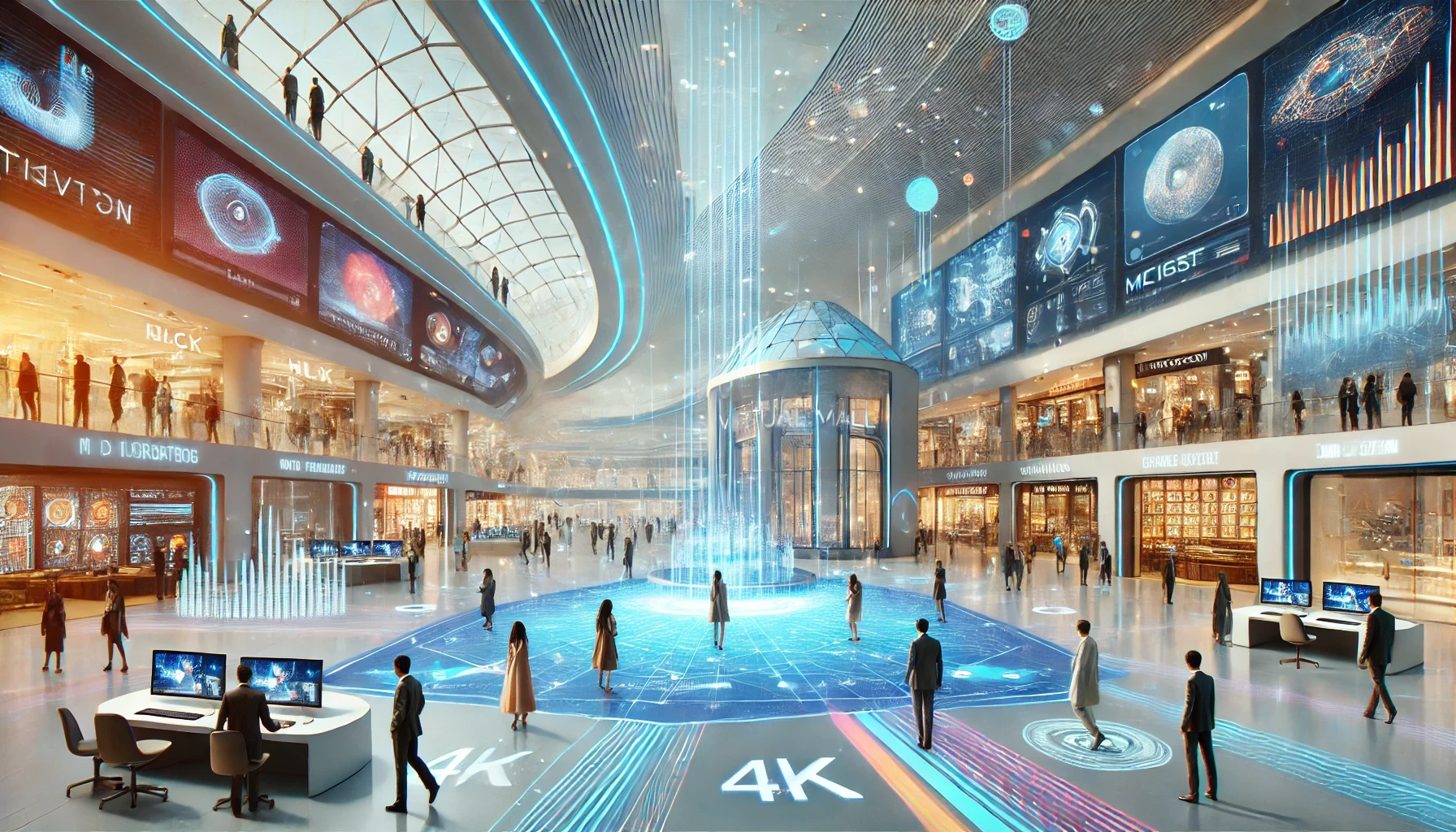The development of metaverse virtual malls represents a revolutionary shift in the retail industry, merging physical and digital shopping experiences. These immersive virtual environments allow users to explore and shop from the comfort of their homes using advanced technologies like virtual reality (VR) and augmented reality (AR).
Key Features of Metaverse Virtual Malls:
- Immersive Shopping Experience: Users can navigate through a 3D virtual mall, interacting with products as they would in a physical store. This includes trying on clothes virtually, inspecting products in detail, and experiencing personalized shopping environments.
- Enhanced Social Interaction: Shoppers can interact with friends, family, and even virtual avatars of sales assistants. Social features like chatting, sharing shopping experiences, and participating in virtual events create a community-driven shopping experience.
- Personalization and AI Integration: AI algorithms analyze user preferences and behaviors to offer personalized recommendations, targeted promotions, and customized virtual store layouts.
- Blockchain and NFTs: Integration of blockchain technology ensures secure transactions and ownership of digital assets. Non-fungible tokens (NFTs) can be used for virtual goods, loyalty programs, and exclusive digital collectibles.
- Seamless Integration with E-commerce: Virtual malls can link directly to e-commerce platforms, enabling a seamless transition from virtual browsing to online purchasing.
Benefits of Virtual Malls:
- Convenience: Shoppers can access the mall 24/7 from anywhere in the world.
- Cost-Effective: Reduces overhead costs associated with physical stores.
- Sustainability: Decreases the environmental impact of traditional retail infrastructure.
- Innovation Opportunities: Brands can experiment with creative store designs and interactive marketing campaigns.
Steps to Develop a Metaverse Virtual Mall:
- Conceptualization: Define the vision, target audience, and unique features of the virtual mall.
- Technology Selection: Choose appropriate VR/AR platforms, blockchain technology, and AI tools.
- Design and Development: Create 3D models, virtual spaces, and interactive elements.
- Integration: Ensure seamless integration with existing e-commerce systems and payment gateways.
- Testing and Launch: Conduct thorough testing for usability, security, and performance before launching to the public.
- Marketing and Engagement: Promote the virtual mall through digital marketing strategies and engage users with events, promotions, and social features.
The rise of metaverse virtual malls is poised to transform the retail landscape, offering an innovative and engaging shopping experience that bridges the gap between physical and digital commerce.
















